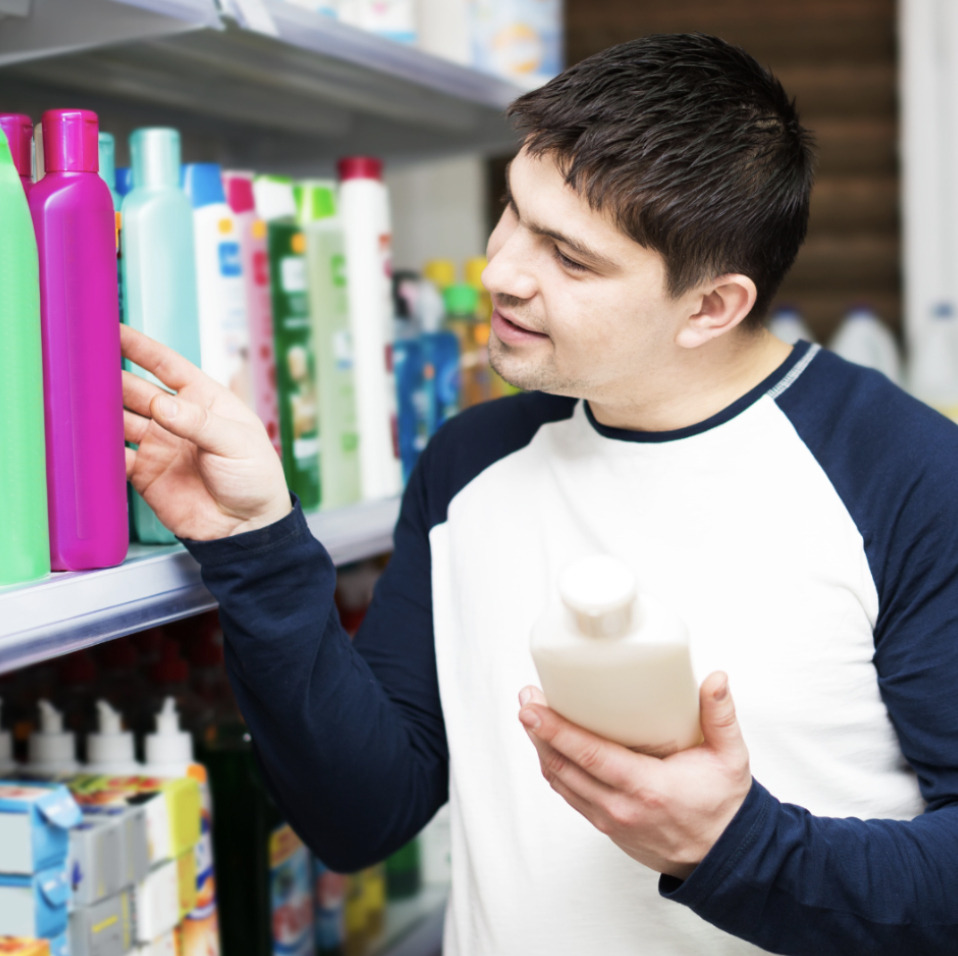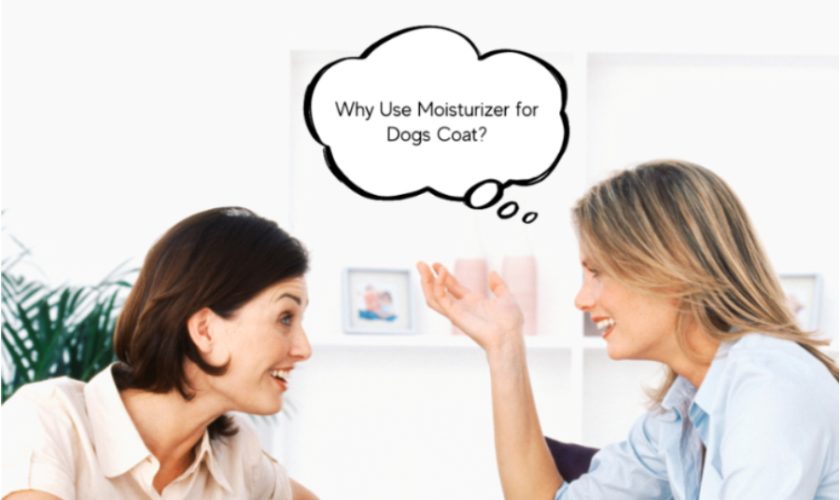Dogs are great companions, so they deserve the best care from their owners. A healthy coat is necessary for a dog’s overall health and well-being.
Proper grooming and regular baths are necessary to keep your dog’s coat shiny and clean, but sometimes, your dog’s coat may require additional moisture. That is where moisturisers for dog coats come in.
Read on as we will guide you on how to choose the right moisturiser for your dog’s coat, discussing the importance of natural pet health products and pet wellness products.
Why Use Moisturizer for Dogs Coat?
Applying an even amount of moisturisers for dogs’ coats can help to keep the coat hydrated and moisturised. That is especially important for dogs with dry or itchy skin, as it can help to alleviate these symptoms.
A moisturised coat also helps to prevent tangles and mats, which can be painful for your dog to remove. A healthy coat is also necessary for regulating body temperature and protecting your dog from the elements.
Natural Pet Health Products
Natural pet health products are becoming increasingly popular as more pet owners become aware of the potentially harmful effects of synthetic ingredients in pet products.
Natural pet health products are made with ingredients that are derived from natural sources and free from chemicals, additives and preservatives. That makes them safer for pets and better for the environment.
Pet Wellness Products
Pet wellness products are products designed to promote the pets’ overall health and well-being. That includes products such as supplements, grooming products, and toys.
Pet wellness products can help to prevent health problems and improve the quality of life of your pet. They are also a great way to bond with your pet and show them that you care.
Choosing the Right Moisturiser for Your Dog’s Coat
When choosing a moisturiser for your dog’s coat, there are several factors to consider, such as:

Consider Your Dog’s Coat Type
Different dog breeds have different coat types. Some dogs have long, thick coats, while others have short, thin coats. The type of coat your dog has will determine the type of moisturiser you should use.
For example, a dog with a thick coat may require a heavier moisturiser. A lighter moisturiser is suitable for a dog with a thin coat.
Look For Natural Ingredients
When choosing a moisturiser for your dog’s coat, it is crucial to look for natural ingredients. Natural ingredients are safer for your pet and better for the environment. Some natural ingredients to look for include aloe vera, coconut oil, and shea butter.
Avoid synthetic ingredients
Synthetic ingredients, such as fragrances and preservatives, can harm your pet. They can cause skin irritation, allergic reactions, and other health problems. When choosing a moisturiser for your dog’s coat, it is crucial to avoid synthetic ingredients and opt for natural ingredients instead.
Check For Allergies
Some dogs may be allergic to certain ingredients in moisturisers. Before using a new moisturiser on your dog’s coat, it is crucial to check for allergies. You can do this by applying a small amount of moisturiser to your dog’s skin and watching for any signs of an allergic reaction.
Choose An Easy-To-Apply Moisturiser
Dogs can be squirmy and difficult to groom. When choosing a moisturiser for your dog’s coat, it is crucial to choose one that is easy to apply. Look for a moisturiser that is lightweight and easy to spread and that absorbs quickly into the skin.
Conclusion
Choosing the right moisturiser for your dog’s coat is essential for maintaining healthy and shiny hair. You can promote your pet’s overall health and well-being by choosing natural and safe products.
Your furry friend deserves the best care and attention, so check outc!

